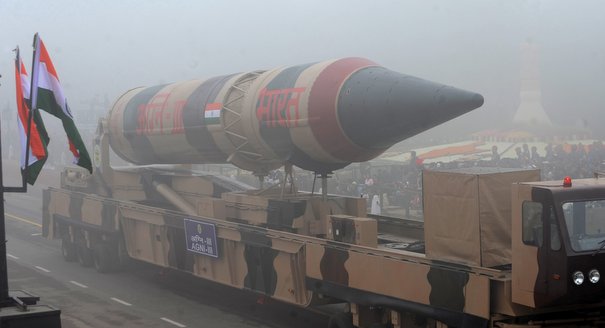Source: National Bureau of Asian Research
This chapter examines the logic of nuclear weapons abolitionism, surveys the contemporary nuclear developments in Asia that are described in this volume, and highlights implications for the U.S. and its ambitions regarding comprehensive nuclear disarmament.Main Argument
Although the emergence of new nuclear powers in the post–Cold War era has triggered fears of widespread nuclear proliferation and renewed calls for nuclear abolition, the pursuit and development of nuclear weapons in Asia are likely to only increase in the years ahead. Continuing interstate competition, along with the expectations of many states that nuclear weapons will enhance their security and offer deterrence value, ensures that regional arsenals will grow. The U.S., therefore, must prepare for a reality that is quite different from the vision offered by nuclear abolitionism: an Asia that hosts many nuclear powers whose arsenals vary in capacity, architecture, and doctrine.
Policy Implications
- Preserving stable deterrence even as the U.S. protects its primacy is the critical obligation facing Washington in the second nuclear age. The U.S. must maintain its deterrent capabilities, which function as the fundamental “backstop” on which the nation’s security, the protection of U.S. allies, and the durability of the global order ultimately depend.
- Washington should carefully consider the quantitative requirements of nuclear sufficiency and extended deterrence. The process of nuclear reductions may be reaching—if it has not already reached—the limits of its success.
- The consequences of forfeiting U.S. nuclear superiority vis-à-vis China for the viability of extended deterrence in Asia require careful consideration.
- Despite budgetary challenges, the U.S. must ensure that its nuclear weaponry, force triad, and production complex, including the necessary human capital, do not diminish in capability.
This chapter is the introduction to Strategic Asia 2013-14: Asia in the Second Nuclear Age. Read more about Strategic Asia, including information on how to order the complete book, here.









